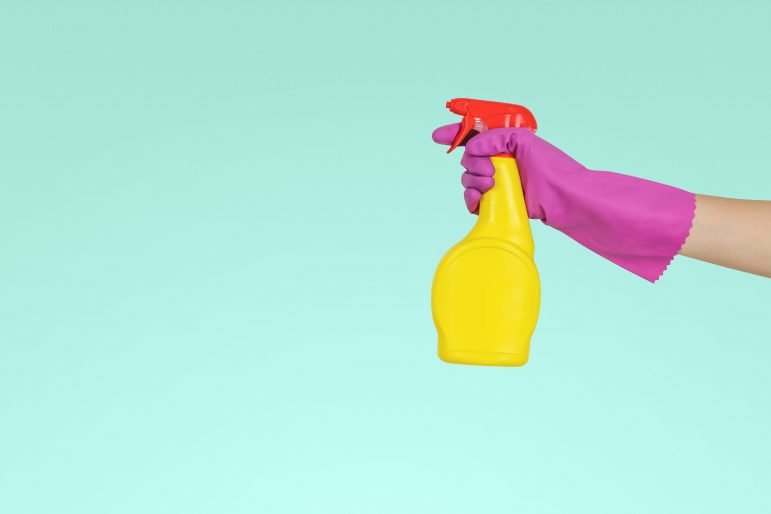At a time when ensuring a proper standard of cleaning for health is seen as more important than ever before, focusing on cleaning times is crucial.
Cleaning times are the jumping-off point for preparing bids and estimates for budgeting labour and workloading based on the cleaning tasks at hand and the time it takes to complete each and all of them. Cleaning times help to identify efficiencies through increased productivity by utilizing different equipment, tools, and technology.
ISSA’s director of education, training, certification, and standards, Brant Insero, explains that these times are built using five components: task, tool, time, total units, and training
Calculating the correct cleaning times or production rates can be a tough task due to the number of variables involved, but there are several helpful sources available, including guides published by cleaning associations and case studies from organizations and individual studies.
The amount of time needed for cleaning can be determined by combining the separate tasks, tools, and times and designing an integrated cleaning system, or by bundling together different tasks that combined represent one time.
A single-task example would be determining how many minutes it takes to mop 1,000 cleanable square feet of floor with a 14-inch flat mop and dual-chamber bucket.
Using the Official ISSA Cleaning Times & Tasks, in the floor care section under mopping, the time value for MFM–3 is a production rate for this task. Therefore, here, the time could be calculated as the amount of square footage to be cleaned divided by the production rate per hour multiplied by 60 to generate an output in minutes, i.e. 1,000 square feet/5,355 square feet x 60 minutes = 11.2 minutes.
RELATED: Modernizing property cleaning & maintenance beyond 2021
A bundled tasks example would be working out how many minutes it takes to spot clean 2,000 cleanable square feet, including emptying trash and relining the can, spot wiping, spot dusting, and picking up debris from the floor,
In the specialist section of the ISSA guide under light duty, the time value for LDT–1 is a production rate for these tasks. Therefore, the time can be calculated as the amount of square footage to be cleaned divided by the production rate multiplied by the time in minutes, i.e. 2,000 square feet/1,000 square feet x 3.62 minutes = 7.24 minutes.
Finally, we can look at the fixture method to work out how many minutes it would take to clean a restroom with 10 fixtures, including emptying trash; cleaning and disinfecting fixtures, mirrors, and partitions; replacing supplies; dusting; sweeping; and wet mopping the floor.
In the restrooms section of the guide under restroom cleaning, the time value for RCL–7 is a production rate for these tasks. The time can be calculated as the number of fixtures to be cleaned multiplied by the production rate in minutes, i.e. 10 fixtures x 3 minutes per fixture = 30 minutes.








